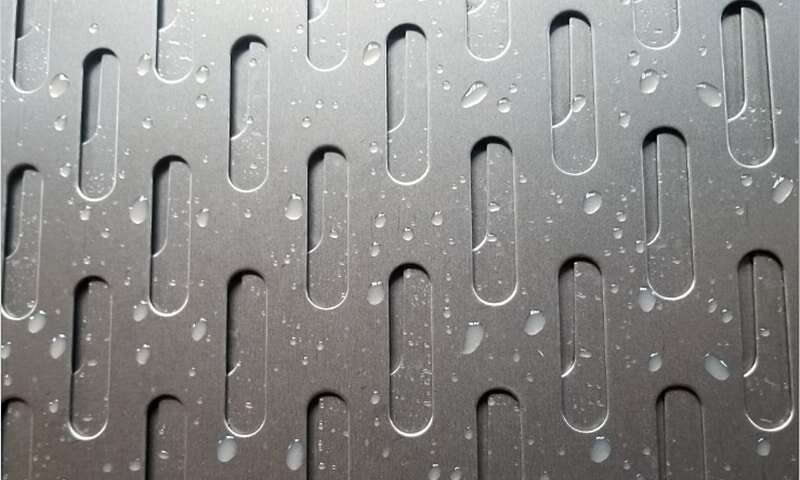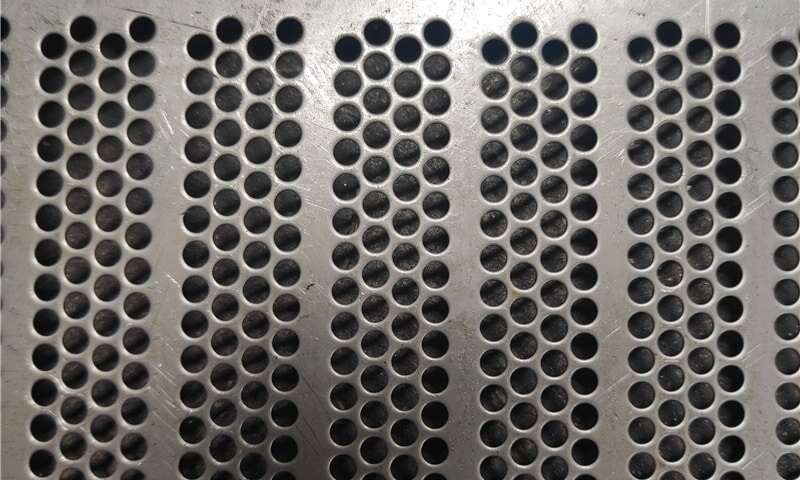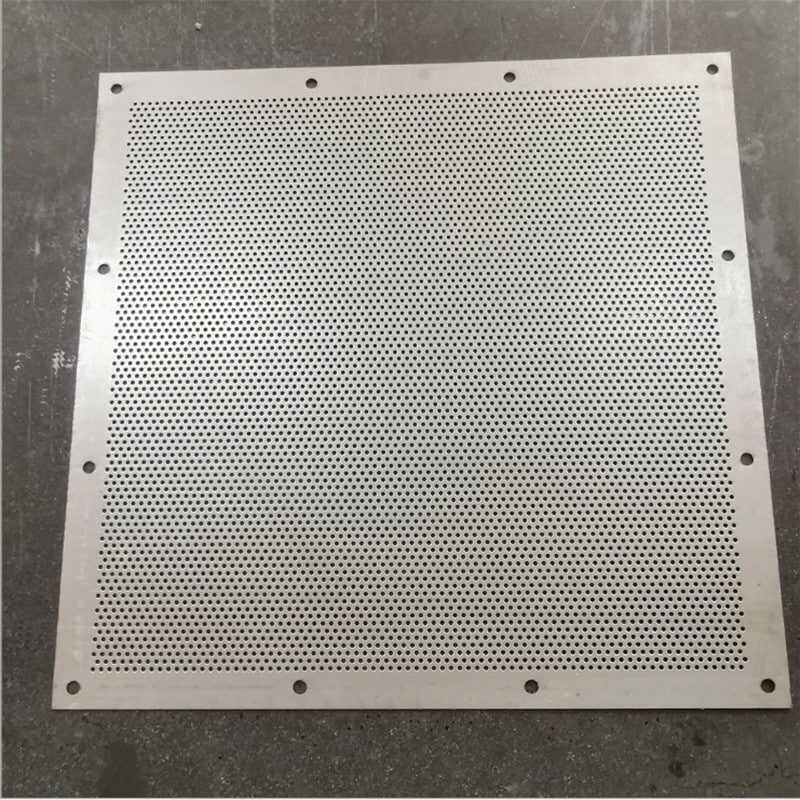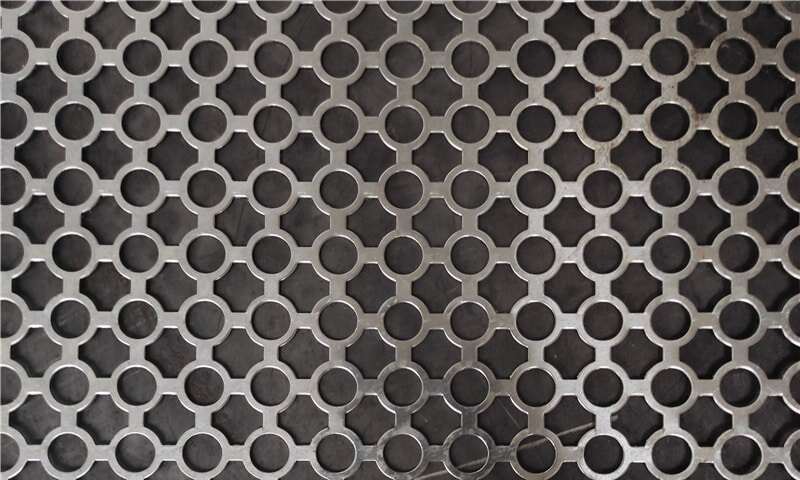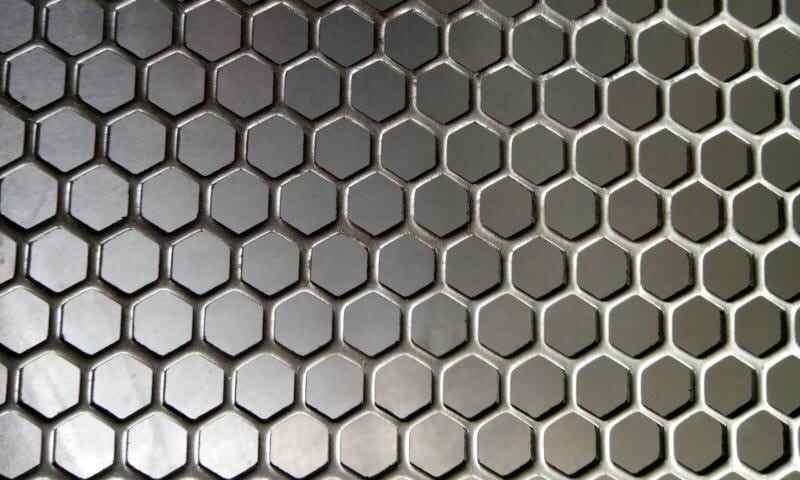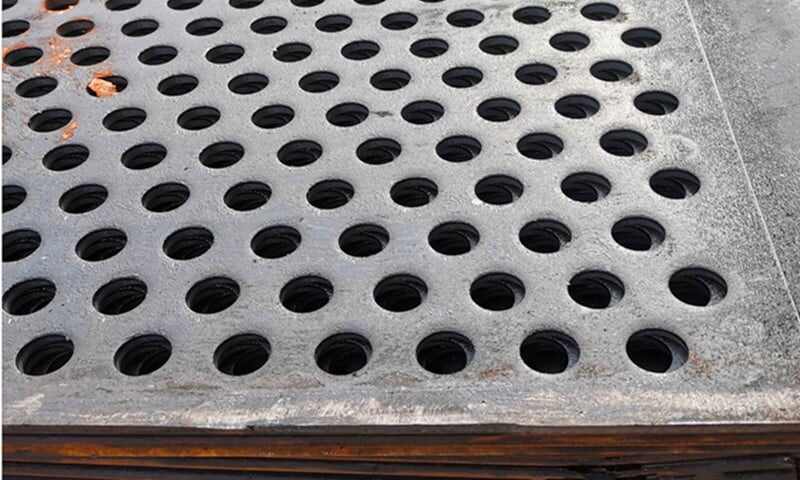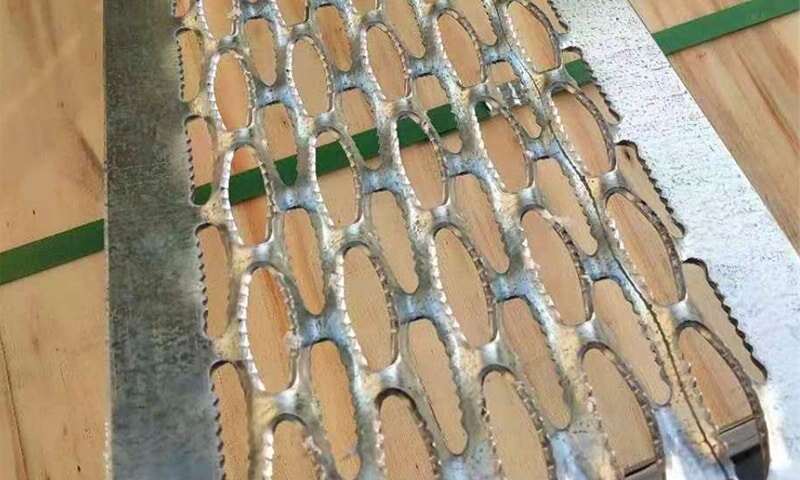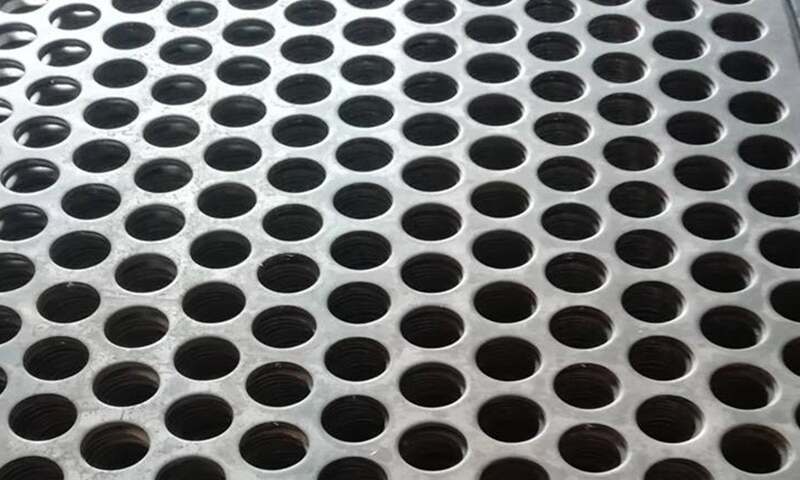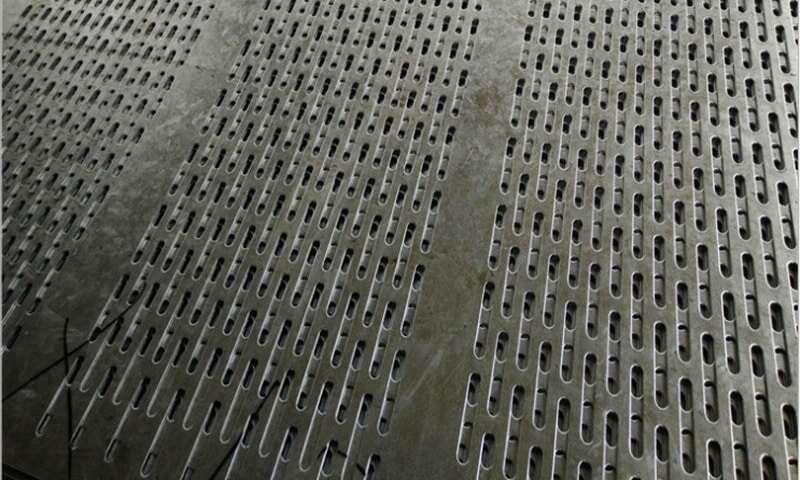Perforated steel sheets are widely used across architecture, filtration, industrial machinery and safety applications. When choosing the right perforated plate, understanding the difference between cold-rolled vs hot-rolled perforated steel helps ensure you get the performance you need. When deciding between cold-rolled vs hot-rolled perforated steel, consider finish, tolerance and cost. Many buyers ask whether cold-rolled vs hot-rolled perforated steel will affect long-term maintenance and aesthetics.
What “cold-rolled” and “hot-rolled” mean
Cold-rolled steel is processed at room temperature after an initial hot rolling stage, producing a smoother surface, tighter dimensional tolerances, and higher yield strength. Hot-rolled steel is shaped at high temperature and is generally more economical for thicker gauges and large volumes. Both methods can be used to make perforated metal sheets; the forming route affects surface appearance, mechanical properties and post-processing requirements.
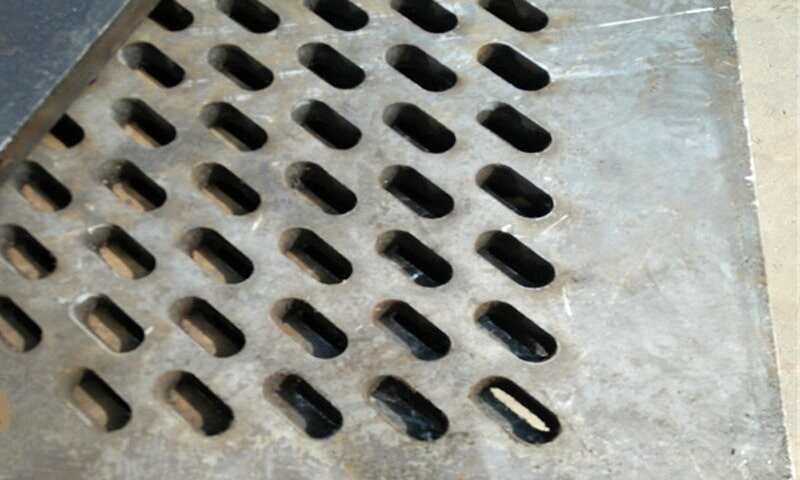
Key differences to consider: comparing cold-rolled vs hot-rolled perforated steel
Surface finish and appearance. Cold-rolled perforated steel typically shows a finer, more consistent surface suitable for visible architectural applications. Hot-rolled perforated steel may have mill scale or a rougher texture that suits industrial or structural uses where looks are secondary.
Dimensional accuracy and tolerances. Cold-rolled perforated plates hold tighter tolerances. If your design requires precise hole placement, consistent diameter and flatness — for example in acoustic panels or filtration cartridges — cold-rolled material usually reduces the need for rework.
Mechanical properties. Cold rolling increases yield strength and hardness through work hardening. For parts that must carry load without excessive deformation, cold-rolled perforated steel may offer a performance edge. Hot-rolled perforated steel, however, can be more ductile and forgiving in heavy forming operations.
Thickness range and economics. Hot-rolled sheets are commonly available in thicker gauges and are often less expensive per kilogram, making them a practical choice for heavy-duty grating or structural panels. Cold-rolled sheets excel at thinner gauges with a premium on surface quality and accuracy.
Weldability and post-treatment. Both materials are weldable, but surface condition affects preparation work. Cold-rolled sheets typically require less cleaning and finishing. Hot-rolled sheets may need scale removal, pickling or galvanizing depending on the final application.
How perforation patterns interact with material choice
Hole shape and size matter. Whether you select round, square, hexagon, slotted or micro-perforations, the forming process and material thickness will influence hole edge quality and burr formation. For precision hole shapes like micro-perforated sheets (/product/micro-perforated-metal-sheet) or safety gratings (/product/perforated-safety-grating), cold-rolled stainless or carbon steel often yields cleaner edges. For larger-hole patterns or open-area-heavy grating, hot-rolled carbon steel performs well.
Open area and structural behavior. Perforated panels with high open-area ratios lose more material and therefore require careful selection of base metal and gauge to maintain stiffness. A heavier hot-rolled plate can sometimes achieve structural needs more economically than a thin cold-rolled plate with reinforcement.
Common applications and practical recommendations: choosing between cold-rolled vs hot-rolled perforated steel for specific uses
- Architectural facades and interior finishes — choose cold-rolled perforated steel for its smoother look and consistent color with finishes like powder coating or anodizing. Consider our aluminum perforated sheet or stainless steel perforated sheet for corrosion resistance and a refined finish.
- Industrial filtration and screens — cold-rolled micro-perforated sheets provide precise holes for filtration. For bulk sieving or aggressive environments, hot-rolled perforated steel in thicker gauges can provide long service life.
- Safety grating and flooring — Perforated Safety Grating benefits from thicker, hot-rolled plates for structural performance, though stainless cold-rolled options work for environments requiring corrosion resistance.
Cost, lead time and customization
Because your specification determines the right route, discuss tolerances, surface finish, hole pattern and quantity up front. We support one-piece custom orders and large-volume batches, with flexibility in material (carbon steel, galvanized, high-manganese, aluminum, stainless steel), hole type (round hole, square hole, hexagonal hole, slot hole, cross hole), and open area. Our manufacturing enables both cold-rolled and hot-rolled starting materials to be perforated to match your requirements.
Practical checklist before ordering
- Specify the exact hole type and diameter you need (e.g., round hole perforated metal sheet).
- State the required plate thickness and flatness tolerance.
- Define the surface finish or coating (galvanized, powder coat, anodized).
- Clarify load or structural requirements for grating and flooring.
- Ask for sample pieces or drawings to verify hole quality.
Choosing cold-rolled vs hot-rolled perforated steel comes down to your priority: precision and finish or thicker, cost-effective material. If you need assistance matching a hole pattern, finish or structural gauge to an application, we can provide samples and technical drawings before production.
For custom sizes, materials and hole patterns contact us at info@perfsheet.com — we accept single-piece and large-batch orders and can provide samples and technical drawings on request.

